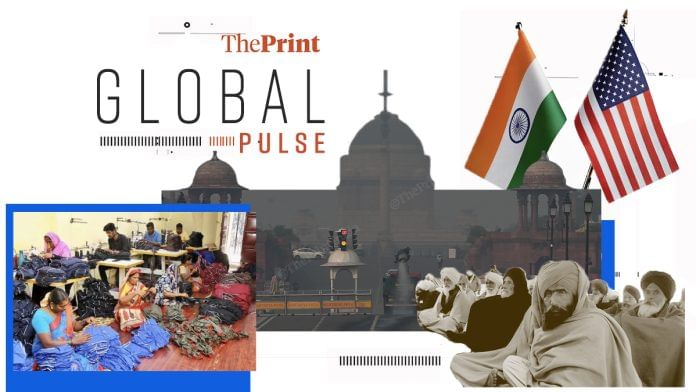New Delhi: “For the Indian government and bureaucracy, pollution does not appear to be an emergency,” read a report in The New York Times by Pragati K.B on the onset of air pollution season with the celebration of Diwali.
This year, the Supreme Court tweaked its absolute ban on crackers to allow “green” crackers in Delhi NCR.
“Comprehensive action plans and research into the effects of pollution are poorly implemented. In a report filed in India’s Parliament in March, the ministry responsible for pollution control said it had used less than 1 percent of the $100 million allocated to it last year,” says the report, which also looks at the politics of pollution.
“Each party blames the other for New Delhi’s air-quality issues, and neither has taken responsibility. After the B.J.P. came to power in New Delhi in 2025, the capital’s new government pushed for the complete ban on firecrackers to be eased,” it says. “Rekha Gupta, Delhi’s chief minister, said she wanted to balance the tradition of bursting crackers during Diwali with environmental protection.”
Farmers’ warning
The farmers of Punjab have issued a warning—if Prime Minister Narendra Modi makes “too many concessions” when it comes to agriculture in trade talks with US President Donald Trump, they might just take to the streets again, report Andres Schipani, Jyotsna Singh and Krishn Kaushik in the Financial Times.
“Allowing crops and food products through a trade agreement will finish us,” Daljinder Singh Haryaoo, one of 30,000 members of a powerful farming union in Punjab’s agricultural heartlands, has been quoted as saying.
After the farmers’ protest in 2020, Modi is now facing pressure from the Trump administration, says the report.
“US commerce secretary Howard Lutnick recently criticised India for not importing ‘a single bushel’ of US maize. India currently imposes tariffs of 70-80 per cent on US rice, 15-50 per cent for maize and 30-60 per cent on dairy products from the country.”
“Farming may have been a ‘red line’ for India in other negotiations — including Australia in 2022, the UK this year and also the EU — but the US agricultural lobby is pushing particularly hard, said an Indian official familiar with the negotiations,” reads the report.
Powerful farming lobbies have also made their stance clear. Essentially, India “does not need dairy from outside”.
Tariffs hit garment manufacturing hub hard
Seven weeks after the imposition of the 50 percent tariff on Indian exports, the Washington Post zooms into Tiruppur, India’s garment manufacturing hub in Tamil Nadu.
“Production has fallen by 25 percent across the board,” G. Sampath, general secretary of the Center of Indian Trade Unions in Tiruppur, has been quoted as saying.
“This city’s garment exports were valued at $3.7 billion last year, according to the Tiruppur Exporters’ Association, and a third of the apparel manufactured here is normally shipped to American retailers, including Walmart, Target and Sears,” says the report.
“Beyond the short-term pain, there are fears that Indian manufacturers could quickly lose their U.S. market share to competitors like Bangladesh and Vietnam, which face only 20 percent tariffs,” says The Post.
“It will be easy for [American] companies to make the switch,” Ajay Srivastava, founder of the Global Trade Research Initiative, a trade and technology think tank, has been quoted as saying.
(Edited by Sugita Katyal)
Also Read: Trump’s Russian oil claim spotlights India’s energy balancing act & Ahmedabad to host centenary CWG






